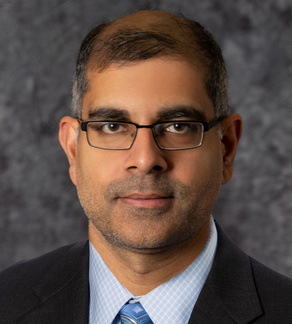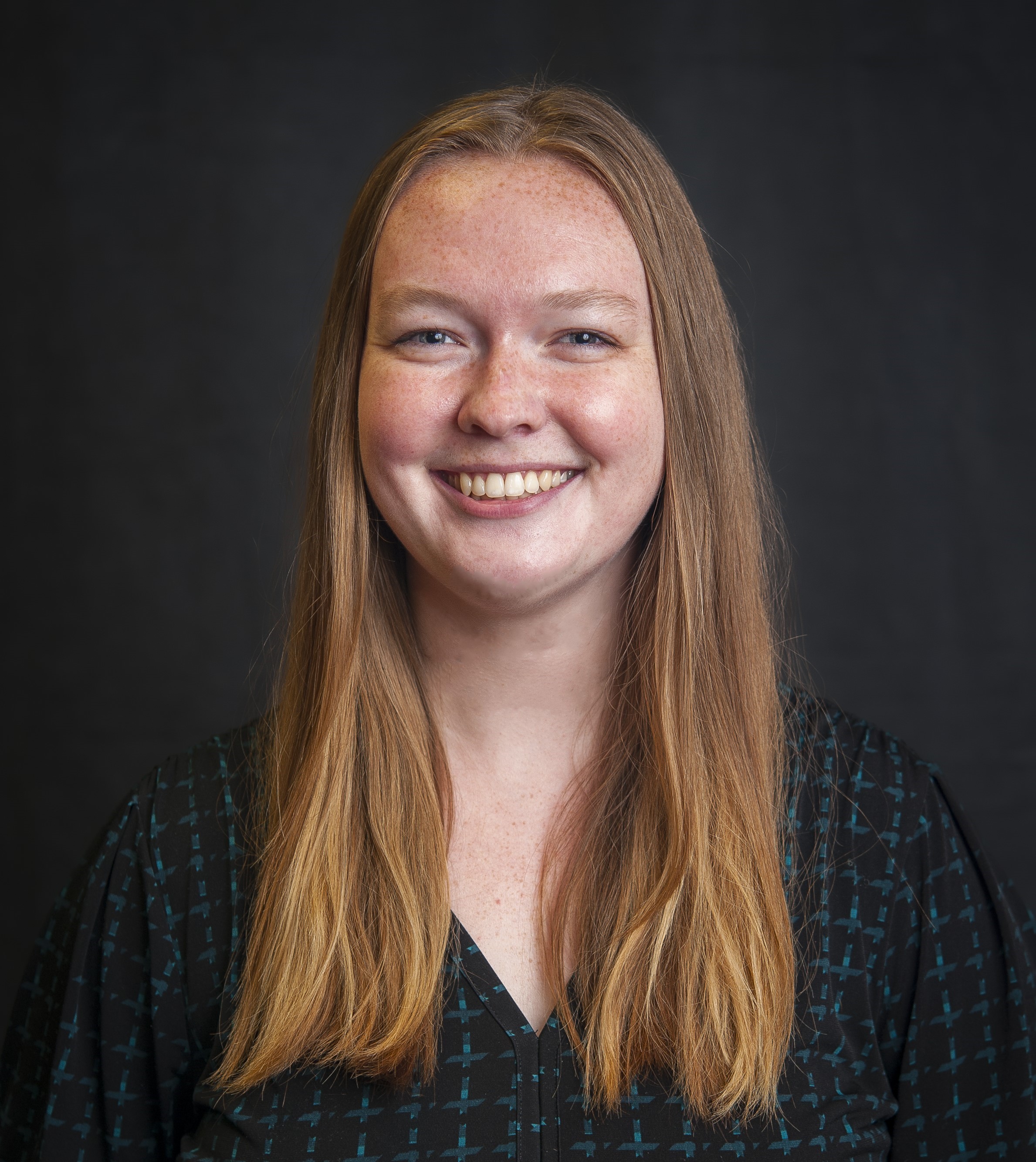Endovascular Surgical Neuroradiology (Neuroendovascular Intervention)
Message from the Program Director
The Endovascular Surgical Neuroendovascular (ESN) program at the University of Minnesota is dedicated to the advancement of minimally invasive methods to treat patients with neurovascular disease. The central focus of the program is training the next generation of physician leaders in this expanding field. Established over a decade ago, our fellowship program has earned a reputation of providing the best ESN education to our trainees. The program is multidisciplinary and inclusive in every sense - the faculty and fellows bring the strengths and perspectives of neurology, neuroradiology, and neurosurgery. On behalf of our faculty, current fellows, and alumni, we welcome your interest in our program and encourage you to learn more about us.
Match Participation
As of early 2024, the UMN ESN program is not committed to participating in the 2026 NRMP Match sponsored by SNIS, AANS/CNS-CV Section, and SVIN or to using ERAS to process applications for the 2027 position. This may change and we encourage you to stay updated using the Participating Fellowships information provided by NRMP.
Available Positions
As of May 2024, our program is filled through 2026-27. Positions may become available for the 2027-28 academic year.
Program Highlights
- Our ESN fellowship is a rigorous two-year program open to all highly qualified candidates from Neurology, Neuroradiology, and Neurosurgery.
- We typically accept 1-2 candidates into the program every year.
- In certain years, we offer a combined three-year track (one year of Vascular Neurology and two years of ESN) to qualified candidates from Neurology.
- Candidates from Neurosurgery can complete the first year of ESN training as part of their electives during residency and return for the second year after graduation from residency.
- We are one of the few ESN fellowships accredited by the American Council of Graduate Medical Education (ACGME).
- Our graduates have been highly successful in a wide range of clinical practice settings.
- Our fellows receive a broad education including ample experience in aneurysms, arteriovenous malformations and fistulas, intracranial and extracranial atherosclerosis, ischemic stroke, vascular trauma, tumor embolization, spinal disease, and pediatric disease.
- Our fellows have numerous opportunities for scholarly activity including clinical research and basic research. They publish and present their work in numerous forums each year.
Learn More

Program Director
Ramu Tummala, MD
Professor of Neurosurgery; Affiliated Professor of Neurology, Radiology

Program Administrator
Kate Hanson, C-TAGME
Verification of Training
To verify a former ESN fellow's training at the University of Minnesota, please email Kate Hanson (hans5471@umn.edu).